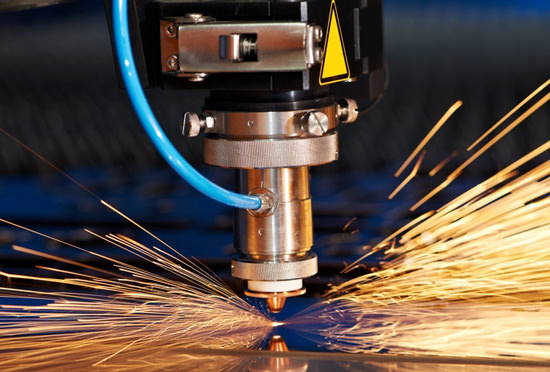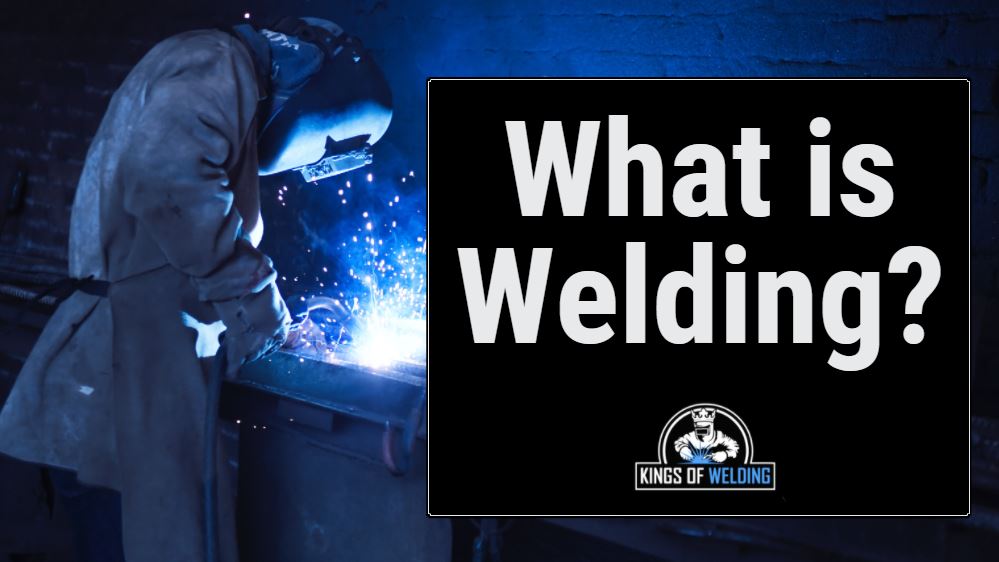Welding is a process where two materials are fused together by the application of concentrated heat along a seam between the two materials. Welding is typically associated with metal, but it can also be used on thermoplastics and wood.
There are many other ways of fusing materials such as brazing and soldering, but what makes welding unique is that the base materials are melted in the process so they can fuse together more effectively.
Welding is usually performed by melting two similar materials together because they have similar thermal properties. Additional metal called filler metal is often melted into the weld joint to help join the two base metals together.
There are many different types of welding process but the most common are:
- Shielded Metal Arc Welding SMAW (also known as Stick)
- Gas Metal Arc Welding/GMAW (also known as MIG)
- Gas Tungsten Arc Welding/GTAW (also known as TIG)
- Flux Cored Arc Welding/FCAW (also known as Flux Cored/Gasless MIG)
- Oxy-Acetylene Welding/OAW (also know as gas welding)
- Resistance Welding (e.g. Spot welding)
- Laser Beam Welding/LBW
Welding is a fabrication process that is used across hundreds of industries and there are estimated to be over 400,000 professional welders in the United States.
Contents
How does welding work?
Every welding process is different but the fundamental similarity is that very high levels of heat are applied across a seam where two metals meet. When the metal is melted together, a molten weld pool is created which then cools to form a solid joint.
The most common type of welding process is arc welding. Arc welding processes such as MIG, TIG, Stick and FCAW use an electric arc which is formed between the base metal and an electrode. The arc generates heat and filler metal is fed into the weld pool to help join the metals together. Sometimes, the filler metal is added to the weld via a welding gun and sometimes it is fed in manually by hand. A shielding gas or flux coated electrode may also be used to help protect the weld bead from contamination
Benefits of welding
Welding is the go-to method of fusing metals together because it has a number of advantages, such as:
- A quality weld gives the best possible fusion between two metals
- The speed of welding processes allows you to join large parts of metal together fast
- Welding joints can leave a smooth appearance that is aesthetically pleasing
- Welding processes are highly versatile and there are a range of welding techniques for different metals and conditions.
- Simple welding processes can be a cheap and cost effective and quick way of joining metal
Common Welding Processes
Stick Welding (SMAW)
Stick welding, also known as Shielded Metal Arc Welding (SMAW). Stick welding uses a welding rod that has a flux coating. An electric arc is formed between the welding rod and the base metal and the rod melts down into the weld pool. As this happens, the flux coating burns and protects the pool from contamination.
Stick welding is really common because it’s one of the most inexpensive types of welding, it’s portable, it produces strong welds, it’s suitable on rusty surfaces and can be used outdoors. It’s regularly used in farming, repair work, construction and manufacturing.
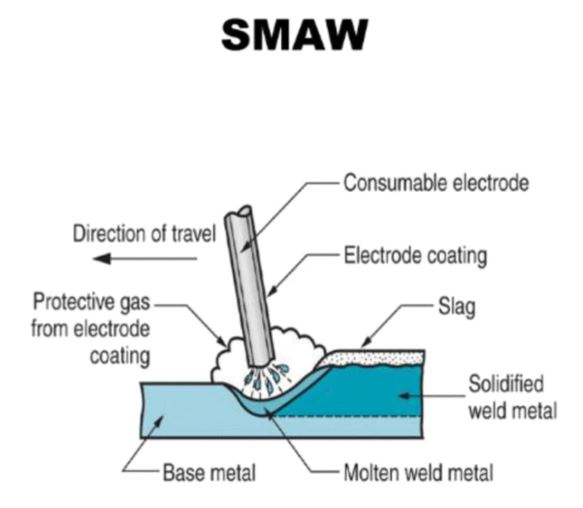
MIG Welding (GMAW)
MIG welding, also known as Gas Metal Arc Welding (GMAW) uses a welding gun which feeds a consumable wire electrode into the weld pool. An electric arc is formed between the wire and base metal and the wire melts into the pool. There weld is protected by contamination by a shielding gas which flows through the welding gun and surrounds the wire electrode.
MIG welding is common because it’s easy to learn, efficient and gets good quality welds with low spatter. MIG welding is popular in a range of manufacturing, construction and industrial processes.
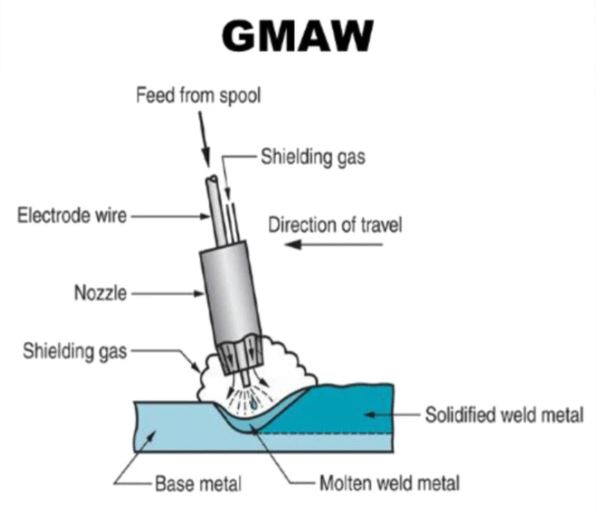
Flux-Cored Arc Welding (FCAW)
Flux cored welding is a very similar process to MIG welding. A consumable wire electrode creates an arc and is fed through a welding gun and into the weld pool. The key difference between flux cored and MIG is that instead of using shielding gas to protect the weld, the wire has a flux core which disintegrates and protects the weld.
Flux cored is easier to setup because you don’t need to hook up your MIG welding gas, the downside is that is causes a lot more spatter which may increase post weld cleanup time.
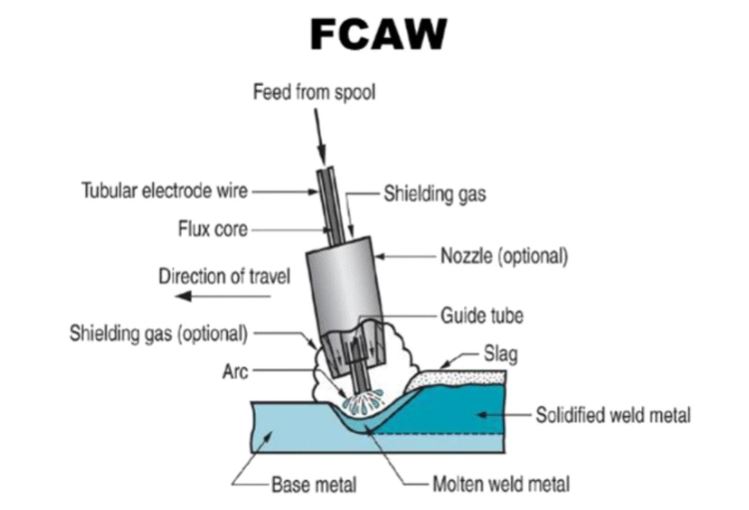
TIG Welding (GTAW)
TIG welding, also know as Gas Tungsten Arc Welding (GTAW) is one of the more intricate methods of welding which is used to create precise, intricate welds. TIG welding consists of a non-consumable tungsten electrode which creates the arc and is held in a welding gun. The other hand holds a filler rod which is fed into the weld pool. The weld is protected by shielding gas which flows through the welding gun and surrounds the tungsten electrode.
TIG welding creates really clean welds with a superior appearance and weld quality. TIG welding is commonly used in automotive, bicycle manufacturing and art.
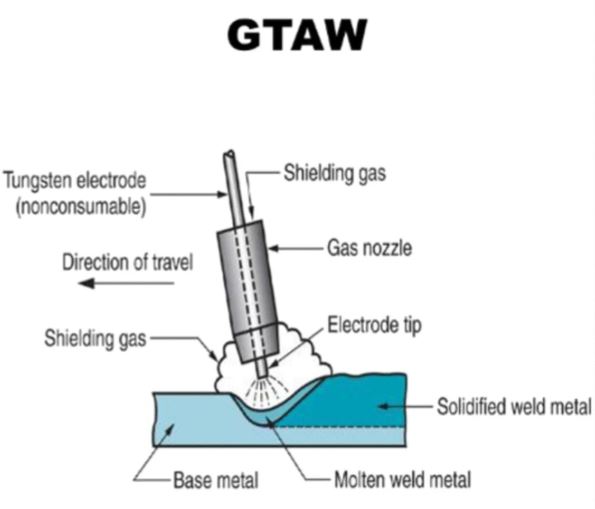
Submerged Arc Welding (SAW)
Submerged Arc Welding (SAW) is a welding process that involves completely covering the welding joint in a blanket of granular flux. It is a fast welding process which is safer than many other types because there are lower emissions of UV light, radiation and fumes. SAW is commonly used because it produces deep penetration and has a very easy setup. It is primarily used in industrial manufacturing and construction.
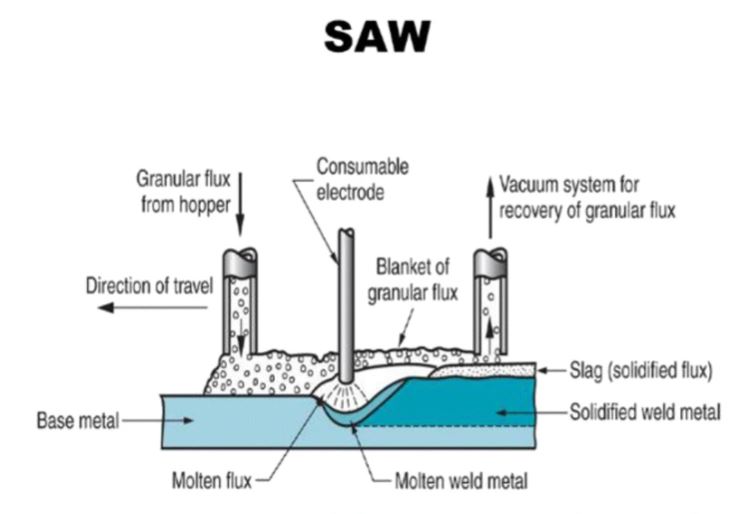
Oxyfuel welding (OAW)
Oxyfuel welding, also known and oxyacetylene welding or gas welding is a process where oxygen and acetylene are mixed together and fed through a welding torch where is burns to create a high-temperature flame of up to 6,000 degrees Fahrenheit. The flame melts the base metal and filler rod is melted into the joint.
Oxyfuel welding is different from arc welding processes because you don’t need a source of electricity, you just need the gas and the torch. It is a bit of an old-school style of welding but is still popular amongst contract welders due to its portability and is commonly used to weld thin metals.
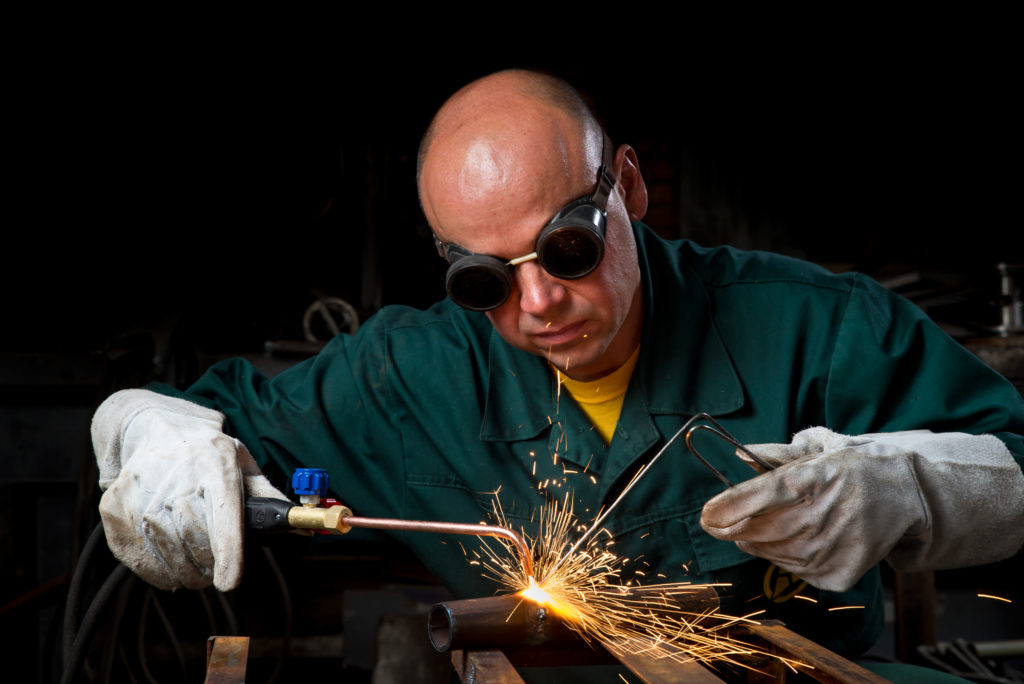
Resistance welding
Resistance welding also known as electric resistance welding (ERW) is a fast welding process which joins metals by using heat and pressure in a small area to quickly metal the metals and forge them together.
The most common resistance welding process is spot welding. Spot welding consists of two small non-consumable electrodes which are placed on overlapping metal. The electrode apply pressure to the metal to push them together and create an electric current which melts the metal where they touch and joins them together. Spot welding is a fast process that is commonly used in the automotive and aerospace industry.
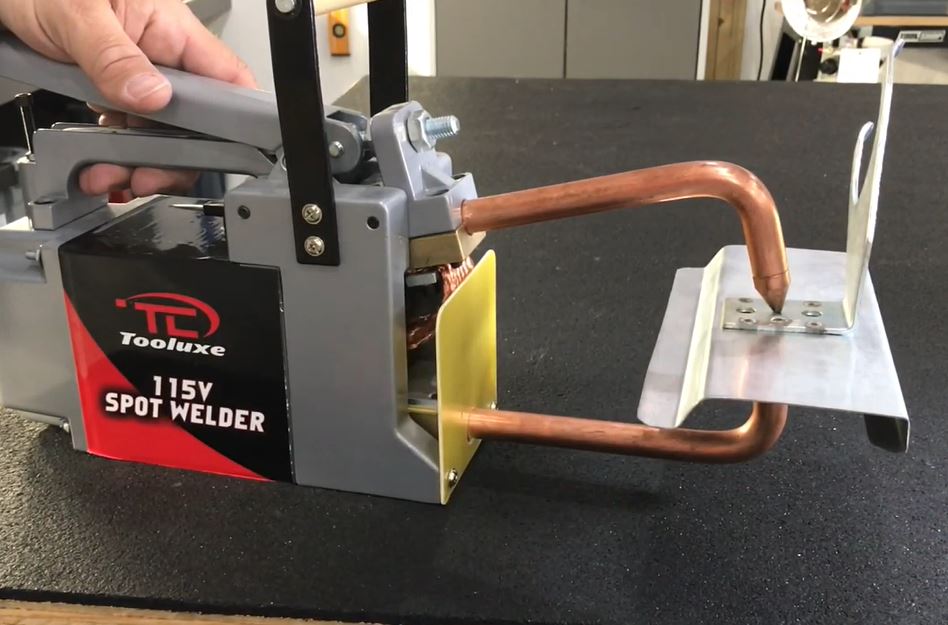
Laser Welding
Laser welding is a welding process used to join metals or thermoplastics together with a laser. The laser supplies a highly concentrated heat source and can create high welding speeds. Laser welding is very precise and can be easily automated which makes it a popular choice in the manufacturing industry. It is rarely used outside of manufacturing because the equipment has a very high initial cost.
